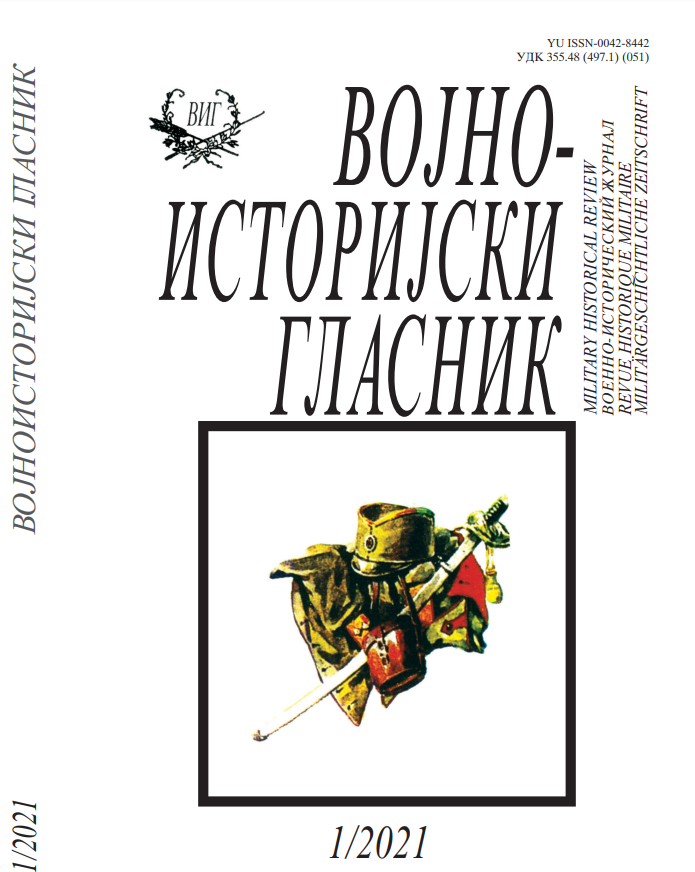ИТАЛИЈАНСКЕ И АЛБАНСКЕ ОРУЖАНЕ ФОРМАЦИЈЕ НА КОСОВУ И МЕТОХИЈИ (1941–1943)
ITALIAN AND ALBANIAN MILITARY FORMATIONS IN KOSOVO AND METOHIJA (1941–1943)
Author(s): Igor VukadinovićSubject(s): Military history, WW II and following years (1940 - 1949)
Published by: Institut za strategijska istraživanja
Keywords: Italian army; Yugoslavia; Kosovo and Metohija; Albanian army; Second World War; Albanian Fascist Milita
Summary/Abstract: During the attack on Yugoslavia in 1941, the Italian army used Albanian guerrilla formations to weaken and demoralize Yugoslav forces. After the end of April war, Italians tried to limit the activities of the Albanian guerrila, since the mass crimes against the Serbian population led to the strengthening of the resistance movement. The main task of the 38th Infantry Division "Puglia" and the Carabinieri units in Kosovo and Metohija was to preserve the fascist order and prevent the spread of the resistance movement. In the control of the conquered territories, the Albanian regiments within the Italian army and the Fascist militia of Albania played an important role, as well as the voluntary formations of Albanian peasants - the Vulnetars. The weakening of Italy's position in the war led to the reorganization of the military and police forces of the" Kingdom of Albania" and to the formation of new Albanian military units. In the middle of 1943, the Italian command in Albania made a plan to form units composed of Serbs and Macedonians, however, this did not happen due to the capitulation of Italy in September 1943.
Journal: Vojnoistorijski glasnik
- Issue Year: 2021
- Issue No: 1
- Page Range: 184-208
- Page Count: 25
- Language: Serbian

